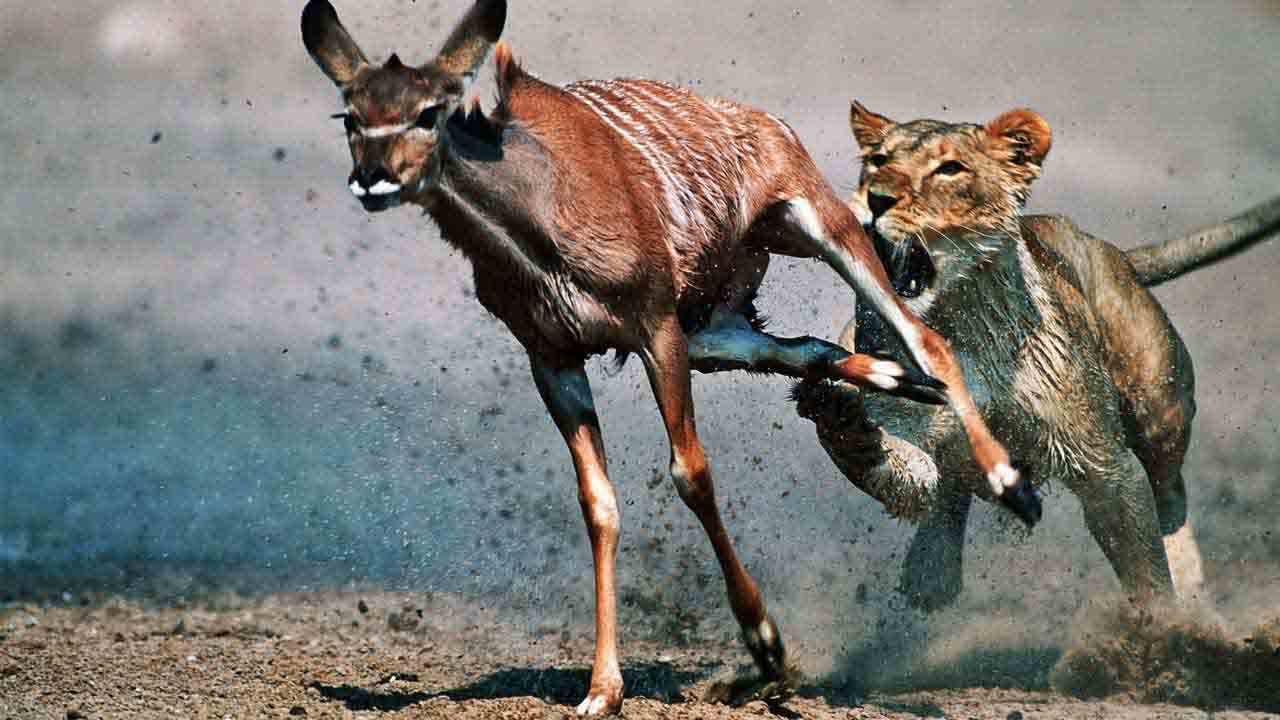

Johnson says dingoes are the solution to this problem because they keep cat and fox populations under control. When bad seasons follow, rabbit numbers are significantly reduced - and the dwindling but still large fox and cat populations are left with little to eat besides native mammals.ĭ Australian mammals generally reproduce much more slowly than rabbits, cats and foxes - and adaption to prevent overpopulation in the arid environment, where food can be scarce and unreliable - and populations decline because they can’t grow fast enough to replace animals killed by the predators. In good years, rabbit numbers increase dramatically, and fox and cat populations grow quickly in response to the abundance of this prey. The Interaction between foxes, cats and rabbits is a huge problem for native mammals. Rabbits provide huge prey base for two other introduced species: the feral (wild) cat and the red fox. But at the same time, as the European settlers tried to eliminate one native pest from Australia, they introduced more of their own.Ĭ In 1860, the rabbit was unleashed on Australia by a wealthy landowner and by 1980 rabbits had covered most of the mainland. Over the last 150 years, dingoes have been shot and poisoned, and fences have been used in an attempt to keep them away from livestock. So began one of the most sustained efforts at pest control in Australia’s history. As agricultural development took place, the European settlers found that they could not safely keep their livestock where dingoes roamed. Throughout the ensuing millennia, these descendants of the wolf spread across the continent and, as the Tasmanian tiger disappeared completely from Australia, dingoes became Australia’s top predators. According to Chris Johnson of James Cook University, ‘Australia needs more dingoes to protect our biodiversity.’ī About 4,000 years ago, Asian sailors introduced dingoes to Australia. But one man wants the baiting to end, and for dingoes to once again roam Australia’s wide-open spaces. Stuart McKechnie, manager of Carlton Hill, complains that graziers’ livelihoods are threatened when dingoes prey on cattle. As the plane circles, those aboard drop 1,000 small pieces of meat, one by one, onto the scrubland below, each piece laced with poison this practice is known as baiting.īesides 50,000 head of cattle, Carlton Hill is home to the dingo, Australia’s largest mammalian predator and the bane of a grazier's (cattle farmer's) life. Graziers see them as pests, and poisoning is common, but some biologists think Australia’s dingoes are the best weapon in a war against imported cats and foxes.Ī A plane flies a slow pattern over Carlton Hill station, a 3,600 square kilometre ranch in the Kimberley region in northwest Australia.


 0 kommentar(er)
0 kommentar(er)
